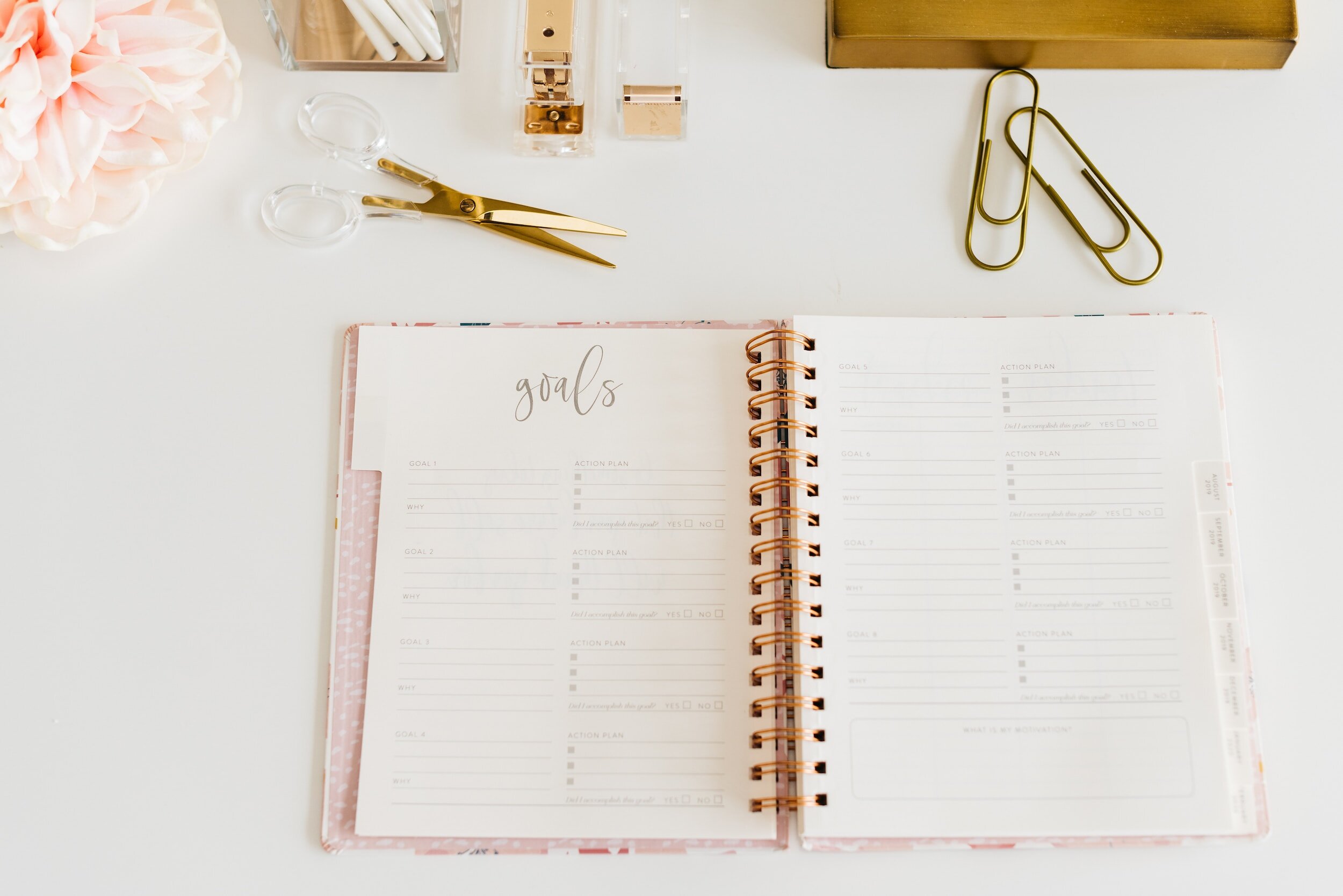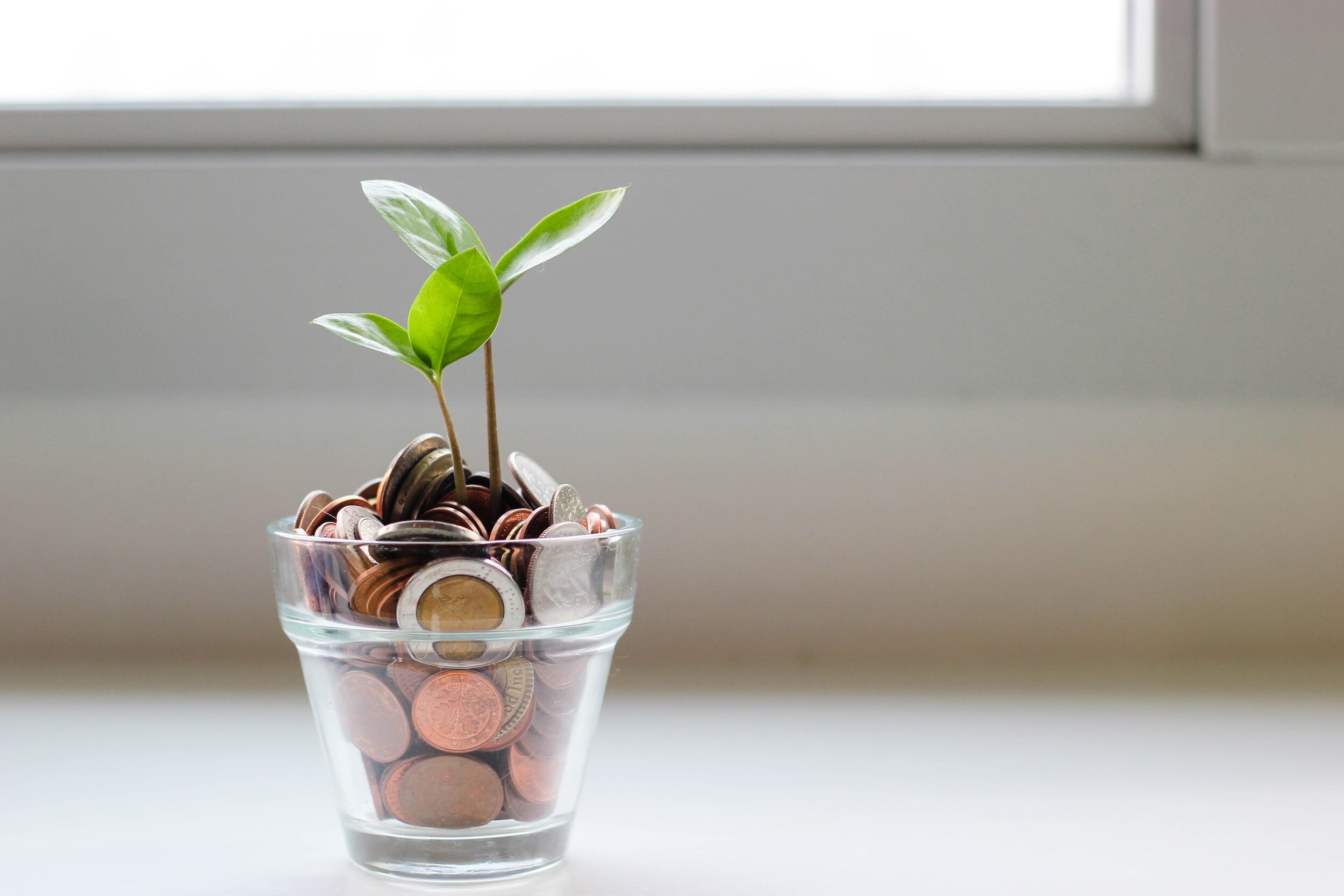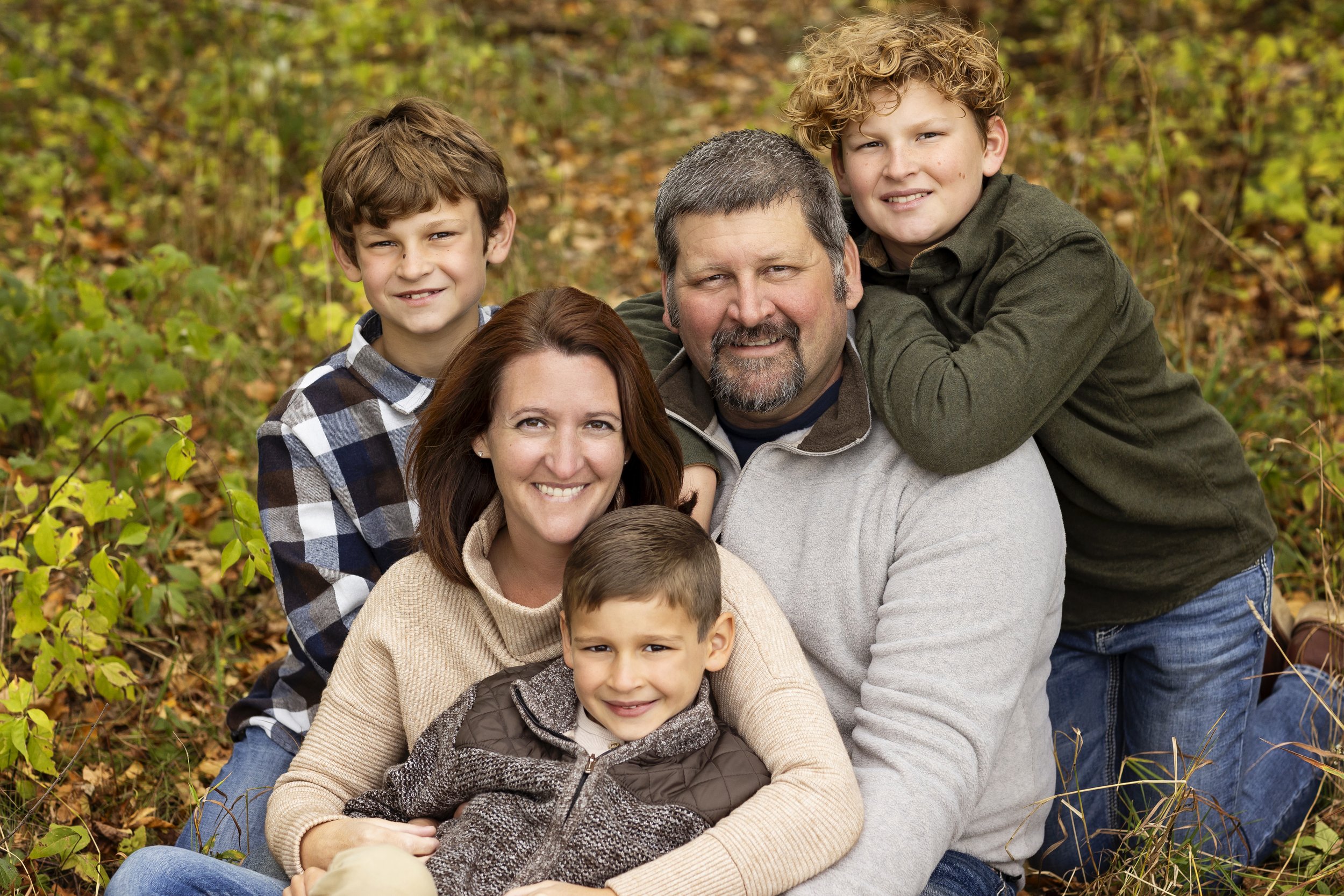Have you ever found yourself in a situation where you needed money due to an emergency, but didn’t have the funds readily available? What if an unexpected medical bill, a necessary appliance replacement, or a sudden car repair happened? Would you be financially prepared to cover such expenses?
During these unexpected events, having an emergency savings fund is critical. You don’t want to rely on your credit card to pay for that ER bill or auto mechanic bill. I want you to have the money available when an emergency happens. Let’s dive into what that looks like.

When my son broke his arm in 2023. We also had 2 other emergencies arise that same month
.
In 2023, my family had 3 emergencies arise within a month. My son, was in the ER with abdominal pains, he also broke his arm playing hockey, and my car needed thousands of dollars worth of repairs. We were so grateful we had an emergency fund to fall back on to pay for these unexpected expenses.
Let’s talk about 10 steps to build your emergency fund!
1. Set Your Emergency Fund Goal:
You need to determine your target amount to have in your emergency fund, based on your monthly expenses or a specific financial goal. I suggest having at least $1,500- $2,000 in your “starter” emergency fund if you still have consumer debt (debt other than your mortgage). If you are debt-free (besides your home) CONGRATS!! I want you to then have at least 3-6 months’ worth of your monthly expenses saved up in your emergency fund.
If you are self-employed or you have an “unstable” job or seasonal job, I want you to have 12-18 months of expenses saved in your emergency savings account. Yes, this is A LOT of money just sitting in a savings account (ideally, a high-yield savings account). You will be SO grateful you have it if you were to get injured or lose your job.
PS, you can be building your emergency savings fund while paying off debt. This is what I did and this is typically what I recommend to others. It really depends on what your goals are and your level of risk and what will make you feel secure.

2. Assess Your Current Financial Situation:
Calculate your current savings and identify how much you need to save to reach your goal. Prioritize saving your initial starter emergency fund right away. This reserved fund serves as an important buffer against accruing further debt or relapsing into debt. Remember, unforeseen emergencies are inevitable; by having a dedicated fund, you’re ready to face them without financial strain or surprise.
Creating a budget is important for continued financial success. Each budget will be unique to each individual. I created my first budget when I was in my 30s and found myself drowning under a mountain of debt…$100,000 of consumer debt! I am now debt-free (besides our house) and I still use a monthly budget! A budget is a plan for your money, it simply tells your money where to go. I have a FREE Budgeting 101 online course, Click here to access it, https://linktr.ee/jesswaynecoaching
3. Create a Separate Savings Account:
I keep my emergency fund at Ally.com, an online bank. I have my money in a high-yield savings account, that gets a higher interest rate return on my cash being housed there. I benefit from a higher interest rate there than at our local banks or credit unions, which means my money works harder for me. Online banks like Ally.com can offer these higher rates since they don’t have physical branches/buildings to maintain, resulting in greater returns on the money you choose to store with them. The money I store here is easily accessible, it takes a couple of days to transfer it from the online bank to my local bank. Housing my money in an online bank account prevents me from spending it on things that don’t qualify as an emergency.
You can store your money in your local bank or credit union as well if you feel more safe and secure doing this. But remember, this is not money to spend on those boots that just went on sale. This money is to be used ONLY for emergencies.

There are multiple places you can store your emergency fund for safekeeping. I use Ally.com, an online bank
4. Establish a Realistic Timeline:
Again, it is essential to make sure you get your initial starter emergency fund of $1,500-$2,000 funded asap. You can set a timeline for reaching your emergency fund goal. Cut back on all of your “wants” and unnecessary spending until you reach your starter emergency fund goal. This should only take weeks to a couple of months.
Once you’ve successfully eliminated your debts, or even while managing debt if you’re committed to simultaneously building your emergency fund, it’s crucial to establish achievable timelines and goals for your fund’s growth. This could be contributing $50, $100, or $300 monthly, depending on your circumstances and budget. For your convenience, I suggest automating these contributions to create a “set it and forget it” approach, ensuring consistent progress toward your financial safety net. This is the approach I take for my investments/retirement accounts, emergency fund, and my 3 boys’ savings accounts.

5. Start Small and Be Consistent:
I suggest starting small and staying consistent with allocating your money into your savings account. Again, automating this is KEY. You will contribute more money this way than you would if you had to manually transfer the money each month. I also want you to increase your contribution over time. If you start saving $50 per month, set a goal to increase this to $100 in 3 months and so on. Then, sit back and watch your money grow.

6. Automate Contributions:
We covered this already, but it is so important that I have it as its own step in building your emergency fund. If I didn’t have my savings automated, I would not be saving half as much money as I am now. By automating, I am saving more money and more often. When my oldest son was little, I did not have this automated. I would add money to his savings account around his birthday and maybe 2 more times per year. This amount was approximately $100 each time, so maybe $300-$400 per year. I am now, consistently saving, $800 per year for him because I automated it.

Saving for my children is important to me. I automate their savings, “set it and forget it”.
7. Prioritize Fund Over Non-Essentials:
I wholeheartedly urge you to make building your emergency fund a top priority, maintaining a consistent and swift approach. This could involve selling items and directing the proceeds directly into your savings. I personally followed this approach while I was working on my emergency fund (which remains a work in progress) and alongside my debt repayment journey. Creating a budget and cutting out non-essential expenses can significantly boost your savings account as you focus on the bigger picture. Remember, the aim is to ensure that your emergency fund is robust enough to provide the support you and your family need during unforeseen circumstances!
If I were to lose my job or I or my husband got hurt or couldn’t work for a while, I wouldn’t want my boys to “suffer” by not being able to play sports or do other activities. So I am choosing to build our emergency fund in preparation for this to potentially happen. I pray to God this doesn’t happen, but I am preparing for the worst and hoping for the best.
8. Use Windfalls (Bonuses/Raises) Wisely:
Do you ever receive a bonus at work, an unexpected check in the mail, or a tax refund? How about tips? I encourage you to put this money into your savings to give your emergency fund a boost. This is the approach I take for my annual raises at work as well. I put a certain percent of my raise into my 403B retirement account, then I put the other percent of it into our budget to spend elsewhere.

9. Monitor and Adjust:
Looking at your progress regularly is essential to keeping you on track with building your emergency fund. I love using color trackers to keep track of my progress for my savings, like I did when I paid off our $100,000 of debt. You can find some trackers at pursecoach.com/shop. If you find yourself not meeting your financial goals, readjust, find an accountability partner and jump back on the saving train. This is important!
10. Celebrate Milestones:
Make sure you are celebrating your milestones as you work toward your emergency fund goal. Depending on your fully funded emergency fund goal, you might decide to celebrate every $100 saved or every $1,000 saved. Celebrating doesn’t have to include spending money, but it can (if you have it in your budget).

Celebrate the big and small wins!
So here are your 10 steps to building your emergency fund. Try making it a challenge to see how fast you can build it. In fact, doing savings challenges with others is a fun way to stay motivated. Join my private Facebook group- Free Financial Plan Workshop to join in on some savings challenges.
Remember, having an emergency fund will provide you with financial security and peace of mind, so don’t procrastinate, like I know you want to! Start saving money today! I know you can put in the work to build up your emergency savings account so you can have financial independence and security.

My websitewas designed using 100% solar power
back to top
Follow along
Listen to the podcasts
